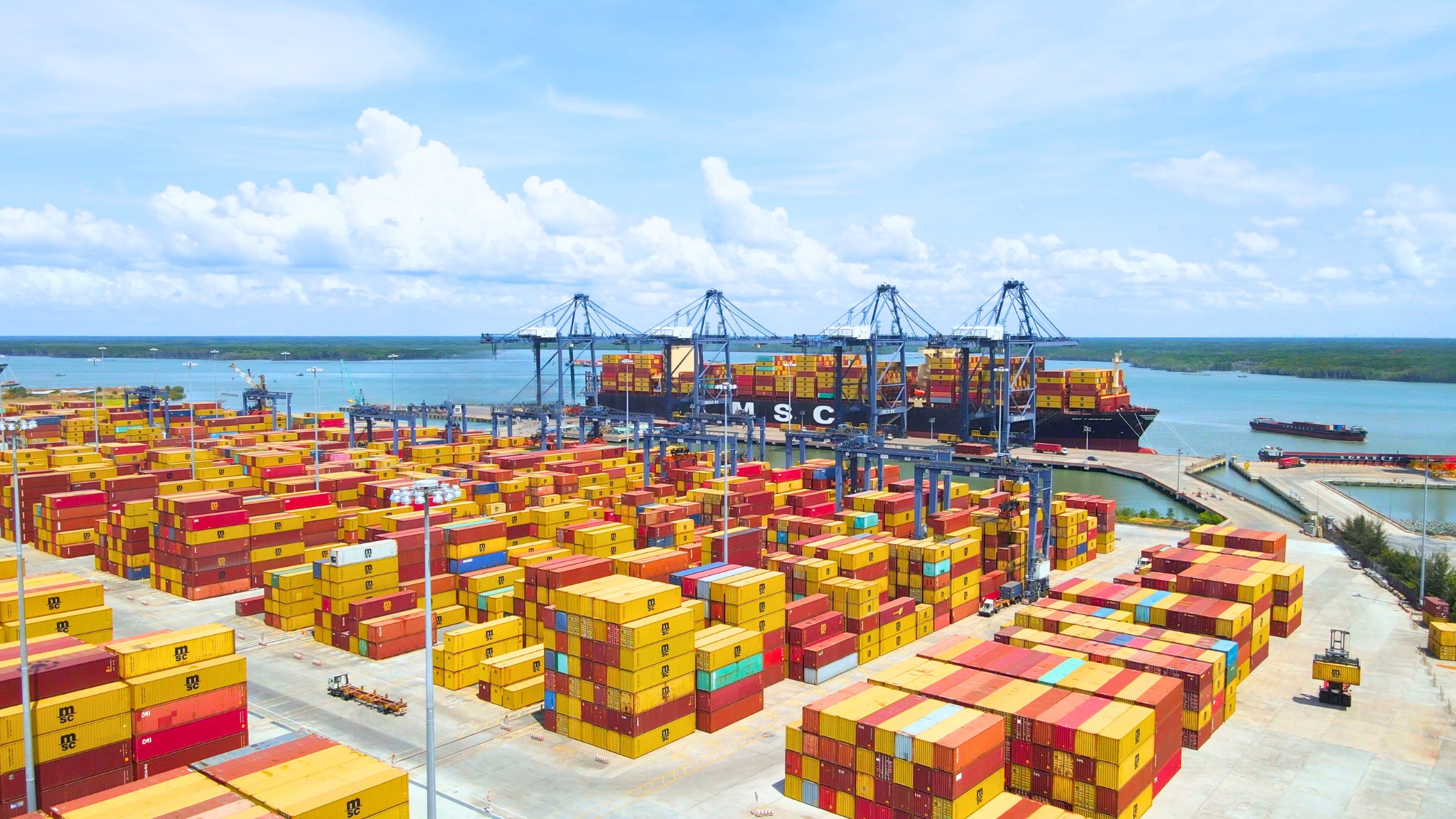Shipping a Bicycle by Sea Freight from Vietnam to Yokohama Port, Japan
International trade and logistics have become increasingly accessible in recent decades, not only for businesses but also for individuals who want to move their personal belongings across borders. Among the diverse range of items shipped worldwide, bicycles are one of the most common due to their practicality, affordability, and cultural significance.
For cycling enthusiasts, students, expatriates, or professionals relocating abroad, bringing a personal bicycle can be essential. In this article, we will provide a detailed guide of approximately 1000 words on how to ship a bicycle from Vietnam to Yokohama Port, Japan by sea freight.

Why Choose Sea Freight for Shipping a Bicycle?
Air freight is often the fastest way to send goods internationally, but it is also significantly more expensive. For items such as bicycles, which are relatively large but not overly urgent, sea freight is the most cost-effective option. Sea transport allows shippers to send bulky cargo at lower costs while ensuring the goods arrive safely. Although it takes longer, sea freight provides flexibility, security, and affordability.
Moreover, shipping by sea is suitable for individuals who are relocating or for those who are not in a hurry to receive their bicycles immediately upon arrival. For example, a student moving to Japan for a long-term study program or a worker relocating for employment may find sea freight an ideal choice.
Preparing the Bicycle for Shipping
Before arranging the shipment, proper preparation of the bicycle is essential to prevent damage and reduce unnecessary costs. Here are the steps:
Clean the Bicycle
A clean bicycle is less likely to attract customs inspections. Dirt, mud, or organic matter can also cause problems during inspection in Japan, as the country has strict quarantine regulations.
Disassemble Parts
Remove pedals, handlebars, and wheels.
Deflate the tires slightly to avoid pressure changes.
Protect delicate components such as the derailleur and brakes.
This process makes the bicycle more compact and easier to pack.
Use a Bicycle Box or Crate
Standard bicycle boxes are often available at bicycle shops in Vietnam. Alternatively, a wooden crate can be built for extra protection, especially when shipping by sea.
Label and Document
Ensure the box or crate is clearly labeled with the recipient’s name, address in Japan, and contact information.
Required Documents
International shipping requires several documents. For sending a bicycle from Vietnam to Yokohama, the following are typically needed:
Bill of Lading (B/L): Issued by the shipping line, it acts as proof of contract and receipt of cargo.
Packing List: Details of the shipment, including bicycle description, weight, and dimensions.
Commercial Invoice (if applicable): For personal use, this might not be necessary, but if the bicycle is newly purchased, customs may require an invoice.
Copy of Passport/ID: For customs clearance, personal identification is often required.
Import Regulations: Japan has specific import regulations. Used bicycles may be inspected to ensure they are free from pests or hazardous materials.
Choosing a Freight Forwarder or Shipping Agent
Most individuals will not deal directly with shipping lines because the process can be complicated. Instead, it is advisable to contact a freight forwarder in Vietnam. Freight forwarders provide comprehensive services, including packing, customs clearance, booking space on a vessel, and delivery to the destination port.
When choosing a forwarder, consider the following:
Experience with Japan routes
Reputation and customer service
Pricing transparency
Ability to assist with customs clearance at Yokohama Port
Some forwarders even offer door-to-door delivery services, meaning the bicycle could be shipped from your home in Vietnam and delivered directly to your residence in Japan.
Transit Time
Sea freight is slower than air freight, but it remains reliable. From major ports in Vietnam (such as Ho Chi Minh City’s Cat Lai Port or Hai Phong Port) to Yokohama Port, the typical transit time is 7–14 days on the water. However, including packing, loading, customs, and unloading, the total time may extend to 3–5 weeks.
Customs Clearance in Japan
Japan is known for its efficiency and strict regulations. When the shipment arrives at Yokohama Port, the bicycle will go through customs inspection.
Used bicycles: Often allowed but may require cleaning certification. If the bicycle appears dirty or contaminated, customs officers may quarantine it.
Import duties: Japan generally has low tariffs on personal belongings, but if the bicycle is brand new and declared as a commercial import, a small duty may apply.
Release process: Once cleared, the consignee or their appointed agent can collect the shipment.
Insurance and Safety
Although sea freight is relatively safe, risks such as damage, loss, or delays exist. Purchasing cargo insurance is highly recommended, especially for high-value bicycles. Insurance can cover theft, breakage, or accidents during shipping.

Tips for a Smooth Process
Start planning early to avoid last-minute stress.
Work with a reliable freight forwarder who can guide you through regulations.
Consider consolidating cargo if you have more items to send, which may reduce costs.
Keep all documents in order and provide accurate descriptions to avoid delays at customs.
Communicate clearly with the consignee in Japan about expected arrival dates and port procedures.
Conclusion
Shipping a bicycle by sea from Vietnam to Yokohama Port in Japan is a practical and cost-effective solution for individuals relocating or traveling long term.
While the process involves careful preparation, proper documentation, and patience due to longer transit times, the affordability and reliability of sea freight make it the preferred choice for non-urgent shipments.


